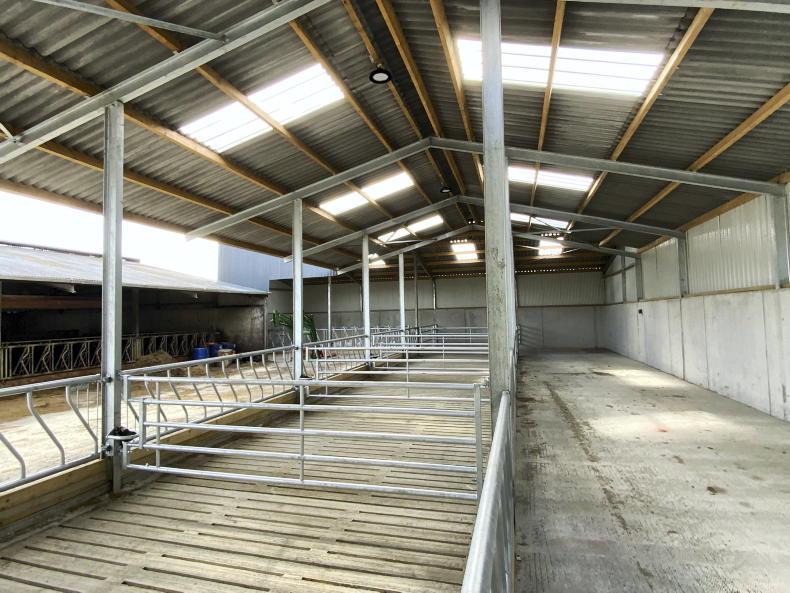Farm building costs have increased dramatically in recent years, with costs anywhere from 40% to 60% above those witnessed pre-pandemic.
With these increased costs, farmers should be looking towards readjusting their farm cover to ensure that rebuild costs will be fully covered should it be required.
For tax purposes, sheds are depreciated over seven years, but for insurance purposes, the working life of a shed is set to be 20 years.
Many farmers will appreciate that the working life of a shed that is kept in good agricultural condition and is built with good-quality materials at the time of construction can be double this.
While a 30- or 40-year-old shed certainly owes little to a farm business, the question has to be asked; if that building was to be burnt down in the morning A) how would it affect your business and profitability and B) are you in a financial situation that you could cover some of the rebuilding costs yourself if you haven’t your insurance properly updated in line with accurate rebuild costs.
TAMS reference costs
When calculating the rebuilding costs of an older shed, the TAMS reference costs are a useful metric to work with when properly adjusted.
The first thing to do is to calculate the area of the shed broken up to its specific sections - slatted area, feed passage, dry bedded area, cubicles, etc.
The separate reference costs apply for each specific area, with the reference cost in a per m².
For example: 14.4m x 6m = 86.4m² @ €182.34/m² for bovine loose housing = €15,754.17 + VAT.
The above costs does not, in my experience, accurately cover the costs of building a dry cattle shed of this size.
A good rule of thumb is to multiply the reference cost by 1.2 to get a more accurate costing. In the above shed example, an accurate cost would be €18,905 + VAT to rebuild.
Time should be taken to measure farm building sizes, calculate rebuild costs and adjust insurance accordingly.






 This is a subscriber-only article
This is a subscriber-only article











SHARING OPTIONS: